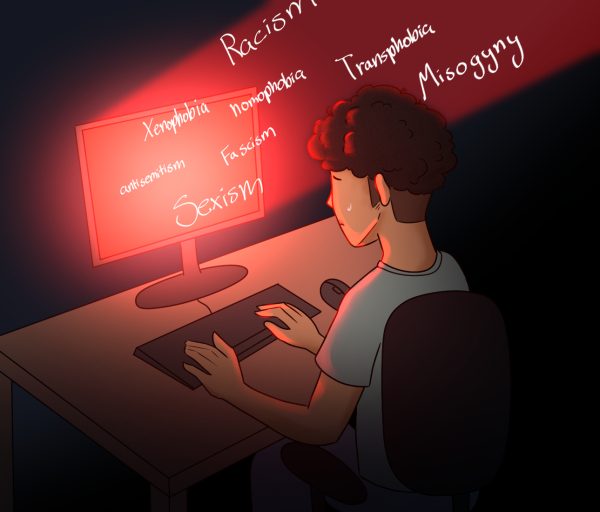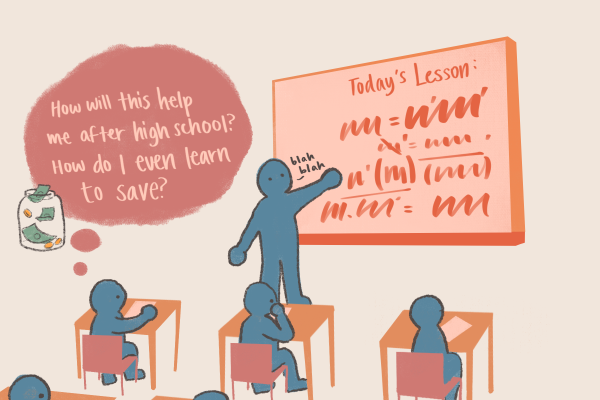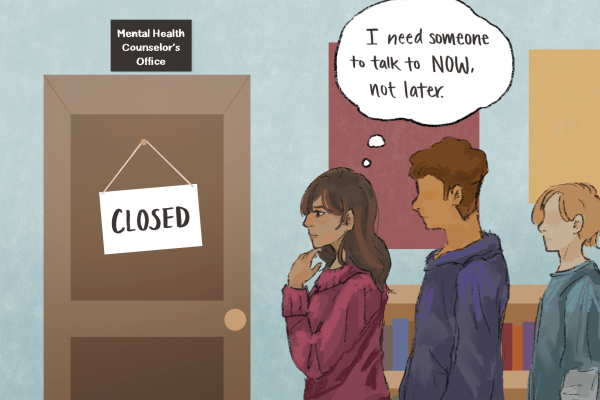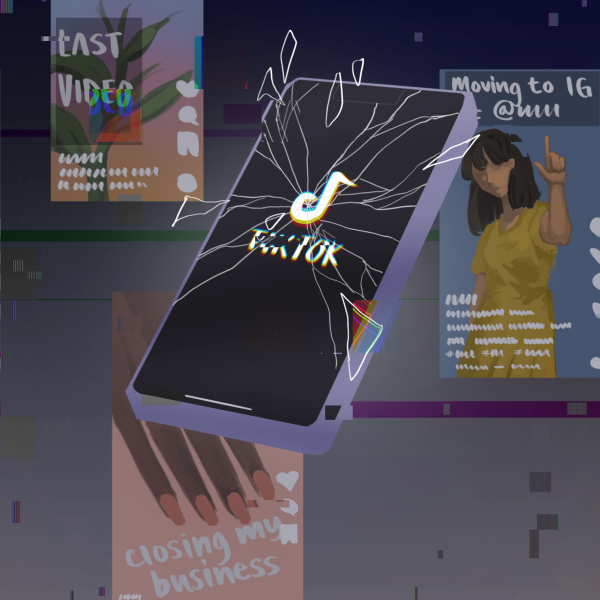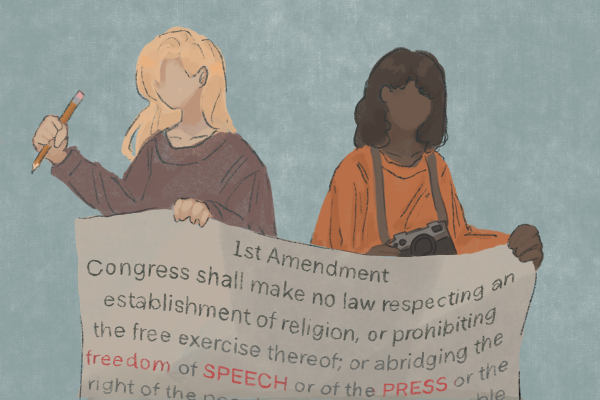The right and wrong ways to be a feminist
March 15, 2019
Feminism started as a movement to help further rights in terms of equality for women. However, as more barriers have been brought down, more issues have been raised, changing the meaning of the feminist movement.
In fact, rather than solving more problems or acting as a safe haven for women, it’s become a point of division instead of a unifying fight for equality. Feminists often can’t settle on an assenting opinion for important topics like abortion and display problematic behaviors amongst themselves, such as excluding members or groups that they should instead be defending.
This exclusion, which is specifically geared toward women of color and transgender women, prompted many feminists who don’t agree with this method to coin their own term: intersectional feminism. This term visibly identifies a rift in the movement over an issue that has already been present since the women’s suffrage movement. Susan B. Anthony, a “feminist icon” fought so women could vote, but only believed that white women should gain that privilege.
Women of color, black women in particular, have had their valid complaints dismissed or silenced because they don’t relate back to issues that concern white feminists.
White feminists have always had a greater impact and several of them use their platform to bring light to barriers that women of color face. When actress Jessica Chastain used her platform to ensure that for their upcoming Christmas film, her co-star Octavia Spencer received equal pay, she made an appropriate use of her power. White women may not understand the struggles of women of color, but that doesn’t mean they cannot advocate for them.
However, this can also lead to white women derailing and speaking over women of color, which prevents them from addressing their own struggles in the ways needed. A serious issue has been the lack of roles in Hollywood for women of color and transgender women. Rather than use her influence to help the two groups secure roles, self-proclaimed feminist Scarlett Johansson played the lead Major Kusanagi in “Ghost in the Shell,” which originally featured a Japanese woman in the anime. She later took the role of Tex Gill, a transgender man, in “Rub & Tug” and only dropped the role due to backlash rather than through the realization of her own mistake.
There’s also much shaming within the movement, evident with how some refuse to accept transgender women because they don’t consider them “actual women.” Women who choose to be housewives are at risk for shame, despite the feminist movement initially being about women having a choice, whether it’s to be a housewife or a career woman.
Feminism needs to be considered as a collective action and geared toward the betterment of the whole rather than the individual. The issue stems from the fact that individuals try to assess problems from their own standpoint and opinion but they should consider what is actually good for the majority of the women they claim to represent.
Right now, feminism is divided. But if the movement is more united on key issues such as inclusion and representation, then it will have a greater chance of success in achieving equality for women.











